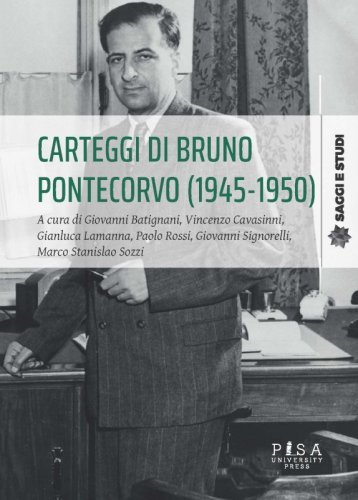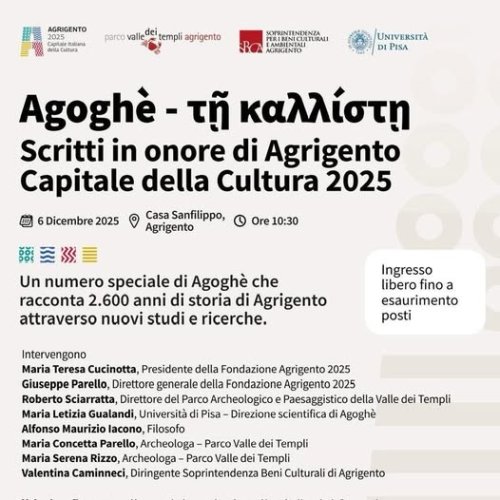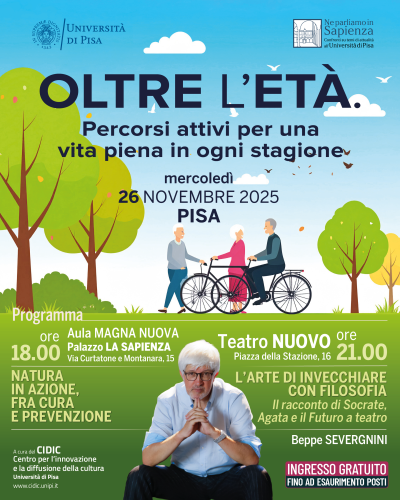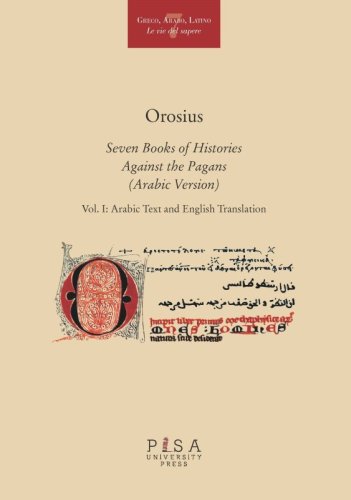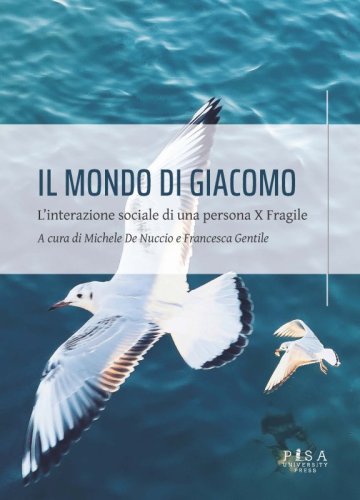Vincenzo Cavasinni
Titoli dell'autore
Carteggi di Bruno Pontecorvo (1945-1950)
editore: Pisa University Press
pagine: 235
Le vicende della seconda metà degli anni Trenta portarono alla dispersione del gruppo dei “ragazzi di via Panisperna”, e la guerra rese spesso impossibili i contatti. Pontecorvo, che era in Canada e poi in Inghilterra, riprese i rapporti epistolari con gli amici dal 1945 al 1950, quando si trasferì in URSS.Il carteggio comprende 23 lettere scambiate con Wick, 19 con Amaldi, 24 con Segré, 8 inviate da Bernardini e una decina da altri corrispondenti. Le lettere sono precedute da ampi commenti, soprattutto di natura scientifica, e annotate per quanto riguarda circostanze, nomi e luoghi citati. Biografie dei principali corrispondenti completano il volume.
Three articles by Bruno Pontecorvo (1955-1956)
The beginning of Particle Physics at the Dubna SynchroCyclotron
editore: Pisa University Press
pagine: 48
This volume presents three papers by Bruno Pontecorvo translated from the original Russian edition. The physics results discussed in the papers have been obtained by Pontecorvo in the years 1955-56 at the synchrocyclotron of Dubna, in USSR, a proton accelerator that, at that time, was the most powerful particle-machine in the world. Thanks to the large energy available, important results have been obtained using secondary beams of charged pions interacting with hydrogen and deuterium. A detailed analysis of the data collected is presented in terms of the theoretical models available at that time, based on “Partial Waves Analysis” of the interaction cross sections. Moreover, a reanalysis of the negative-pion- proton cross-sections presented in the introduction, proves the existence of the Δ0-baryon particle, a member of the baryonic decuplet of the SU(3) symmetry group. The Δ-baryon family (Δ++, Δ+, Δ0, Δ-) represented an important milestone for the following developments in particle physics: the Gell-Mann Zweig quark-model and the introduction of the “color”: the new quantum number of the strong interaction theory: the “Quantum Chromodynamics”.
Translated from Russian edition by Gil Pontecorvo, JINR, Dubna
Introduction by Vincenzo Cavasinni and Paolo Rossi, Universit´a di Pisa



